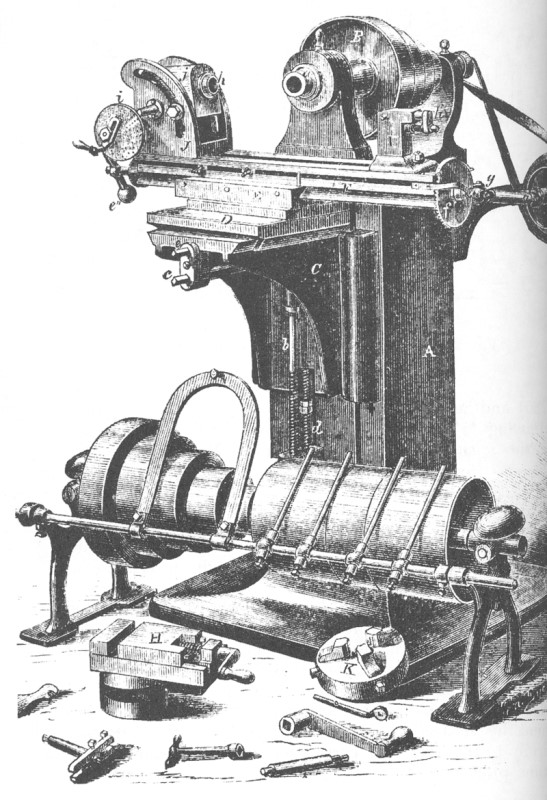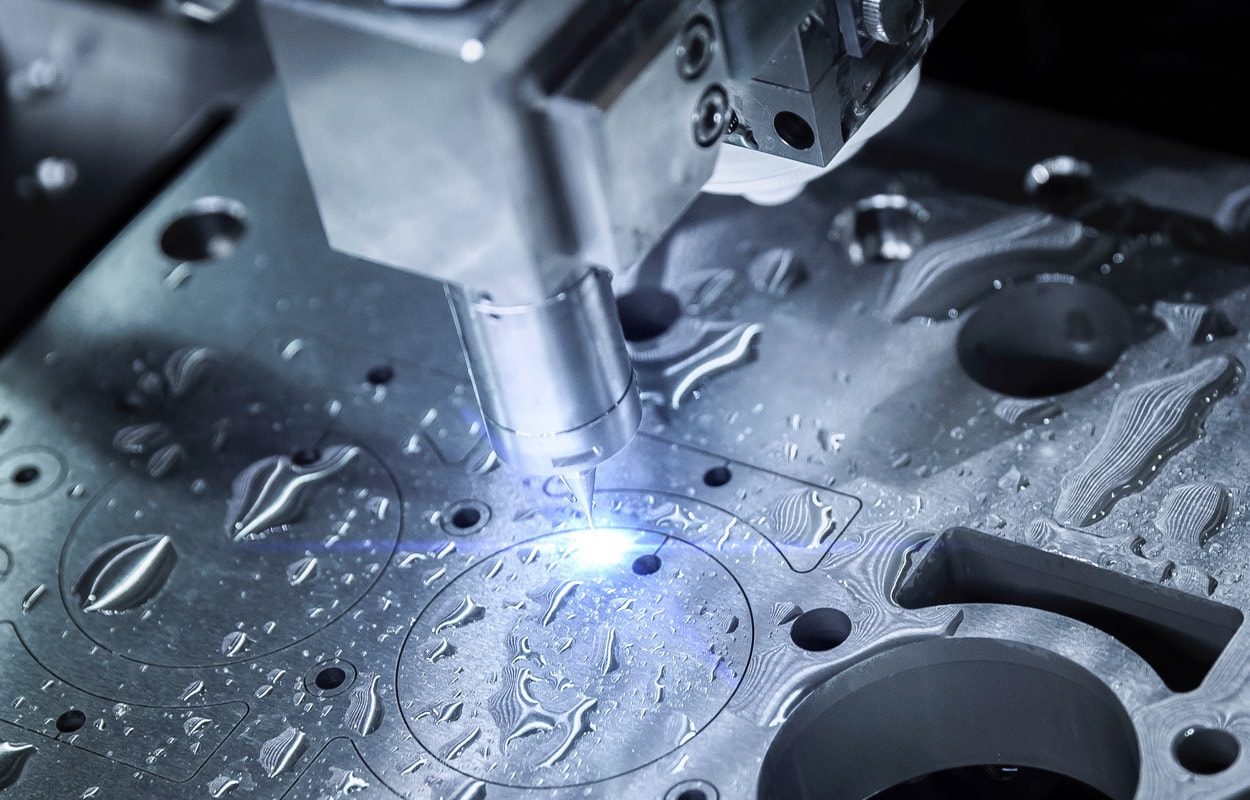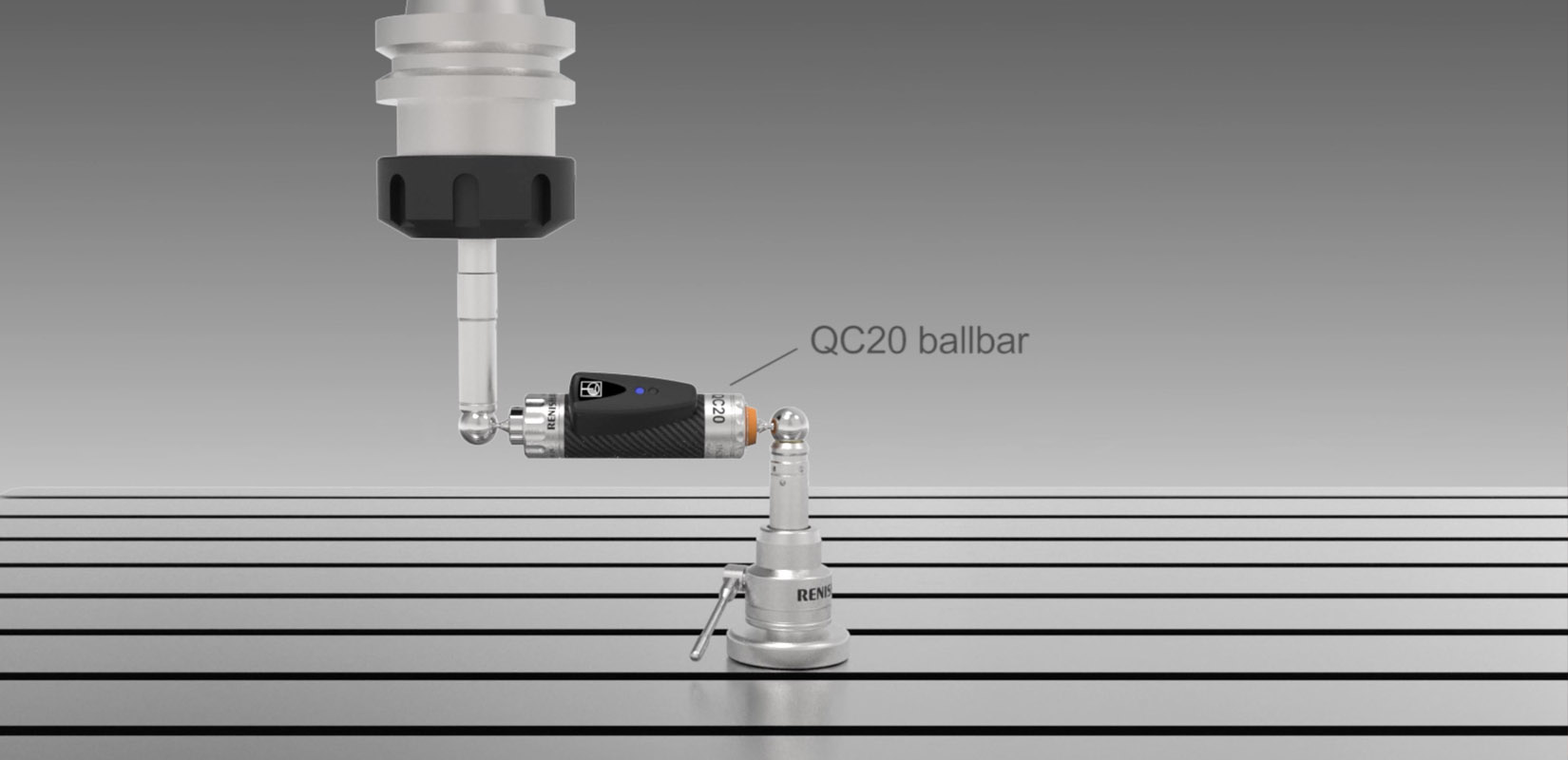HISTORY OF CNC MACHINES
Who doesn’t love a good history lesson? Although turning machines were made before this time, the first CNC machine was credited to James Parsons in 1949. Parsons was a computer pioneer who worked on the Air Force Research Project. The research was on how to produce helicopter blades and better aircraft skin. Parsons was able to calculate helicopter airfoil coordinates with an IBM 602A multiplier. He then fed data into a punched card, which he used on a Swiss jig borer.
Although CNC machines were around in the 1950s, the use of computerized controls for these machines didn’t become widespread until the 1970s. Fascinating, isn’t it?
G-CODES
The machines use a language to follow a set of instructions, and the most common is called G-Code (there are other languages like IAO, Mazatrol, and Heidenhain, but we won’t discuss those here.), which contains a series of commands that the machine’s controller interprets. The G-code contains commands that tell the machine how to move its tools and where to cut, drill, or shape the material being worked on. We have a couple of CNC machines in our Machine Ethics shop!
CNC programming can be done manually, using a text editor or specialized software, or it can be generated automatically by Computer-aided manufacturing (CAM) software that converts a 3D model into G-code. CNC programming requires a good understanding of mathematics, computer-aided design (CAD) software, and the CNC machine’s capabilities. The programmer must also thoroughly understand the material being worked on and the specific cutting being used.

Do you speak fluent G-code?
If that sentence doesn’t make sense to you, keep reading, and it will by the end of this article. Let’s dive right in!
CNC machines are an essential part of modern-day manufacturing. They allow for exact and efficient production of parts and components. They are also fast and cost-efficient. If you are new to manufacturing or just looking to get some questions answered, you can read on for a basic overview of CNC machines and programming.
CNC, also known as Computer Numerical Control Programming, is a process of creating a set of instructions that tell a CNC machine how to move its tools and perform specific operations such as cutting, drilling, and shaping materials. CNC uses a subtractive manufacturing process to cut away portions of the base material to shape the desired form. These machines are used in various industries, such as manufacturing, to produce high-precision parts and components. To sum it up, you enter 3D files into a computer that runs a specific program that controls the tools inside the machine.
CNC MILLS
CNC Mills manufactures high quality parts to a very high-level detail. They are designed for mass production and are used for cutting and shaping a variety of materials, including metal, wood, and plastics. CNC Mills use a rotating cutting tool to remove material from a work piece. Using a CNC Mill reduces the labor during the production process significantly.
CNC LATHES
CNC Lathes are used for turning and shaping cylindrical parts. They use a rotating work piece and a cutting tool that moves along the length of the workpiece . Check out the video below to see a Romi CNC Lathe that we here at Machine Ethics are authorized to sell!
CNC PLASMA CUTTERS
CNC Plasma Cutters are used for cutting metal using a high-velocity jet of ironized gas along a multi-axis grid. They are often used in industrial applications for cutting thick metal parts. The great thing about a CNC Plasma Cutter over a manual is that the CNC machine is in control, whereas a manual is controlled by human motion.
CNC WATER JET CUTTERS
CNC Waterjet Cutters are used for cutting a wide range of materials, including metal, stone, glass, and composites. They use a high-pressure jet of water mixed with abrasive particles to cut through the material.

CNC ROUTERS
CNC Routers are used for cutting and shaping wood, plastics, and other materials. They use a spinning cutting tool to remove material from a workpiece and can be used for 2D and 3D cutting. There are 3 Axis routers and 5 Axis Routers. Much more goes into this, but to keep it simple, the difference between the two is that the 3-axis and the 5-axis can be worked on from three or five axes. There are pros and cons to both (your budget and the complexity of your project, to name a few).
CNC LASER CUTTERS
CNC Laser Cutters are used for cutting and engraving various materials, including metal, wood, and plastics. They use a high-energy laser beam to cut through the material.



GRINDING CNC MACHINES
A grinding CNC machine uses a rotating wheel to cut metal away from the metal. CNC Grinding machines need an accurate finish and are often used for ball bearings and transmission shafts.
